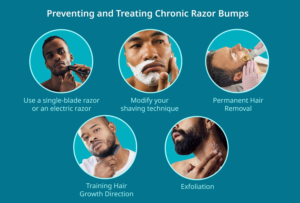For many people, developing razor bumps after using a disposable razor is a frustrating and uncomfortable problem. These red, inflamed bumps not only affect the smoothness of the skin but can also cause itching and pain. Although disposable razors are widely used for their convenience, if not used correctly, they may increase the risk of these annoying bumps. The good news is that by taking proper preventive measures and care, you can effectively eliminate razor bumps and enjoy smooth, flawless skin. This guide provides comprehensive strategies to help you both prevent and treat razor bumps when using disposable razors, so you can confidently banish them for good.
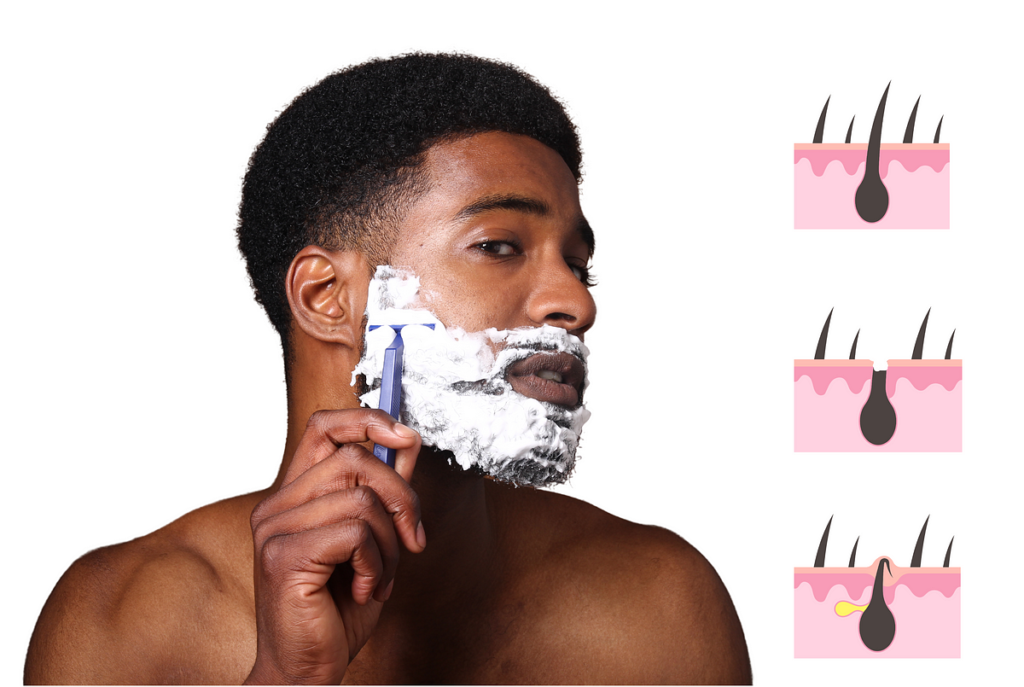
What Are Razor Bumps? Know Your Enemy
Razor bumps, medically known as pseudofolliculitis barbae, refer to red, inflamed, and sometimes even painful bumps that appear after shaving. Essentially, these bumps are ingrown hairs that occur when the hair curls back into the skin or becomes trapped inside the follicle after shaving. New, freshly cut hair ends are sharp and can easily pierce the skin, leading to inflammation and irritation.
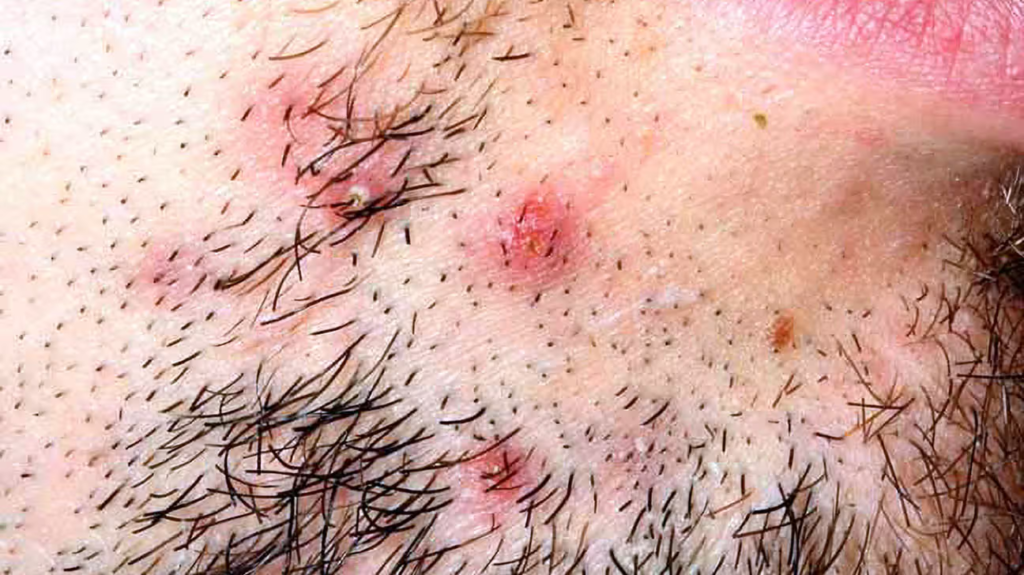
There are several reasons why disposable razors might be more likely to cause razor bumps:
Multiple-Blade Design: Many disposable razors come with multiple blades. Although this design aims to provide a closer shave, it can sometimes cut hairs too short, increasing the chance of ingrown hairs.
Dull Blades: If a disposable razor is not replaced frequently, its blades can become dull. Dull blades are more likely to pull on the skin during shaving, causing irritation.
Design Limitations: The design of some disposable razors may not allow for an easy shave in the direction of hair growth compared to single-blade razors.
Hair Type Considerations: Individuals with naturally curly or coarse hair are more prone to razor bumps because their hair is more likely to bend and re-enter the skin.
Understanding what causes razor bumps is crucial for effectively getting rid of them.
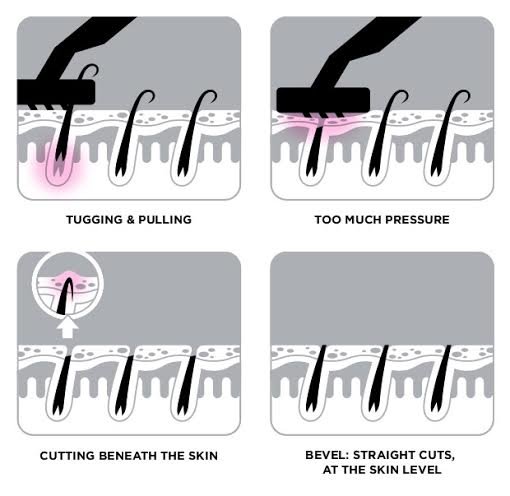
Strategies for Preventing Razor Bumps When Using a Disposable Razor: Prevention Is Better Than Cure
In the long run, prevention is the best method to eliminate razor bumps. By following some simple steps, you can significantly reduce the risk of developing these irritating bumps when using a disposable razor.
Proper Skin Preparation
Cleanse Your Skin: Before shaving, use a gentle, non-comedogenic cleanser to wash away dirt, oils, and dead skin cells.
Soften the Hair: After a warm shower or by applying a warm, damp towel for a few minutes, soften your hair so that it becomes easier to cut.
Use a Pre-Shave Product: Consider using a pre-shave oil or cream to further soften the hair and lubricate the skin, preparing it for a smoother shave.
Using a Sharp, Clean Disposable Razor
Keep the Blades Sharp: Sharp blades are essential to avoid pulling and irritating the skin.
Replace the Razor Regularly: It is recommended to change your disposable razor often—ideally after 5-7 uses.
Clean the Blades Regularly: Rinse the blades with warm water frequently during your shave to maintain cleanliness.
Proper Shaving Techniques
Use a Shaving Lubricant: Always apply a moisturizing shaving cream or gel to create a protective barrier between your skin and the blade.
Shave in the Direction of Hair Growth: Shave with the grain to minimize irritation and the risk of ingrown hairs.
Shave Gently with Short Strokes: Use gentle, short strokes and avoid pressing too hard on your skin.
Avoid Repeatedly Shaving the Same Area: Try to avoid going over the same area multiple times as this can increase the risk of irritation.
Do Not Pull or Stretch the Skin: Ensure that you do not pull or tighten the skin while shaving.
Post-Shave Care Is Crucial
Rinse with Cold Water: After shaving, rinse the area with cold water to close your pores.
Apply an Aftershave Balm or Lotion: Use a soothing, alcohol-free aftershave balm or lotion to moisturize your skin and reduce irritation.
Avoid Tight Clothing: Right after shaving, steer clear of tight clothing that could cause friction and worsen irritation.
Regular Exfoliation
Gently Exfoliate: Exfoliate your skin gently a few times a week to remove dead skin cells that might trap hair.
Use Gentle Exfoliating Products: A mild scrub, cleansing towel, or soft brush can help remove dead skin cells without causing irritation.
Consider Shaving Frequency
Shave More Frequently: Shaving more often (daily or every 2-3 days) can prevent the hair from growing long enough to curl back into the skin.
Let the Hair Grow Out Completely: If possible, give your hair time to grow out completely to eliminate the root cause of razor bumps.
Combining proper skin preparation, correct shaving techniques, and effective post-shave care is essential for preventing razor bumps when using disposable razors. Research shows that no single action guarantees prevention; however, the combined effect of softening the skin and hair before shaving, using a sharp, clean razor, shaving with the hair’s natural growth direction, moisturizing afterwards, and regularly exfoliating lowers the likelihood of ingrown hairs and subsequent razor bumps.
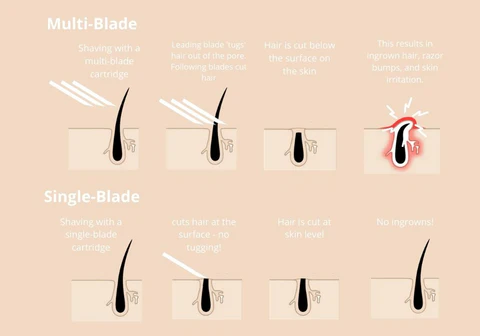
Step-by-Step Guidelines for Minimizing Razor Bumps with a Disposable Razor
Moisten your skin and hair with warm water.
Apply a generous amount of moisturizing shaving cream or gel.
Shave in the direction of hair growth using gentle, short strokes.
Rinse the razor blades frequently during shaving.
Avoid pressing too hard or repeatedly shaving the same area.
After shaving, rinse your skin with cold water.
Apply an alcohol-free aftershave balm or moisturizing cream.
Gently exfoliate a few times per week.
This clear, step-by-step guide makes it easier to adopt and implement these practices in your daily routine. Enhancing readability increases the likelihood that you will follow these recommendations, ultimately helping you eliminate razor bumps through diligent shaving habits.
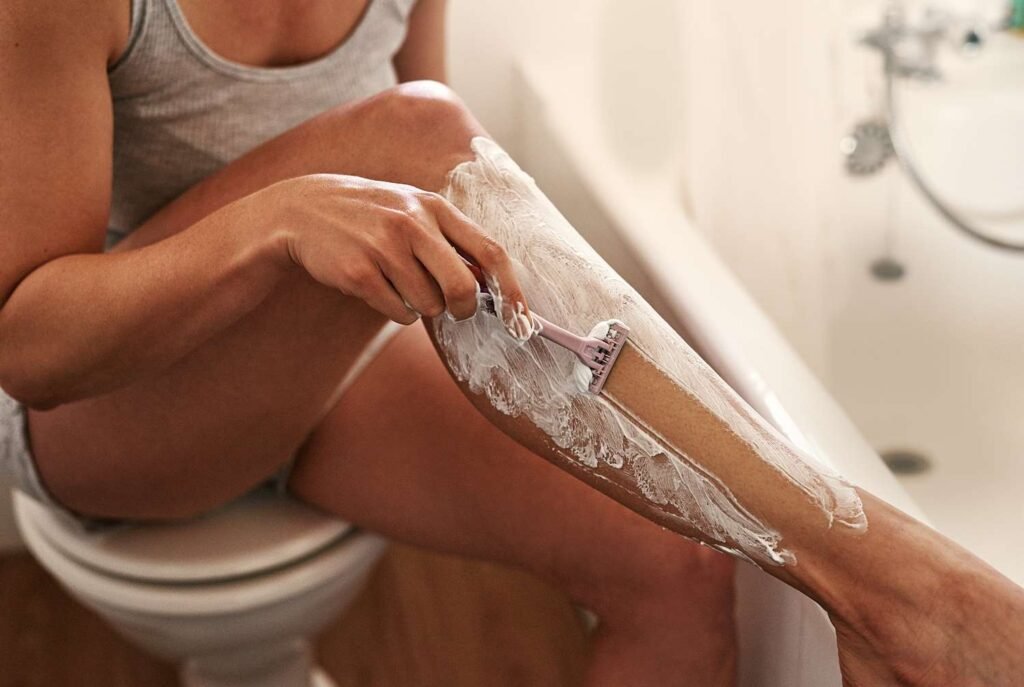
Choosing the Right Disposable Razor for Your Skin
When selecting a disposable razor, consider these factors to minimize the risk of razor bumps:
Blade Count: Although multi-blade razors may sometimes lead to ingrown hairs, many individuals find that a 3-blade or higher razor can provide a smoother, less irritating shave when used correctly. For sensitive skin, single-blade razors are often recommended to reduce the chance of ingrown hairs.
Lubrication Strip: Look for razors that feature an integrated lubrication strip, usually containing ingredients like aloe vera or vitamin E, which help the blade glide smoothly across the skin and reduce friction.
Pivoting Head: A pivoting head helps the razor conform to the curves of your skin, potentially reducing the need for multiple passes over the same area.
Razors for Sensitive Skin: Some disposable razors are specifically designed for sensitive skin and include features to minimize irritation.
Blade Sharpness: Ensure that the blades are sharp and make sure to replace the razor regularly.
Finding the “best” disposable razor can be a matter of personal preference and may require some experimentation. Choosing the right tool is an important part of the strategy to eliminate razor bumps. Different skin types and hair textures will respond uniquely to various razor designs. For instance, extremely sensitive skin might benefit from a single-blade disposable razor, whereas less sensitive skin may do well with multi-blade razors if used correctly. Features such as lubrication strips and pivoting heads can add extra comfort and help reduce irritation, as they allow the razor to glide more smoothly over the skin while minimizing friction—a major culprit in razor burn and bumps.
Treating Existing Razor Bumps: Soothing and Healing
Before the existing razor bumps are fully healed, it’s advisable not to shave over those areas.
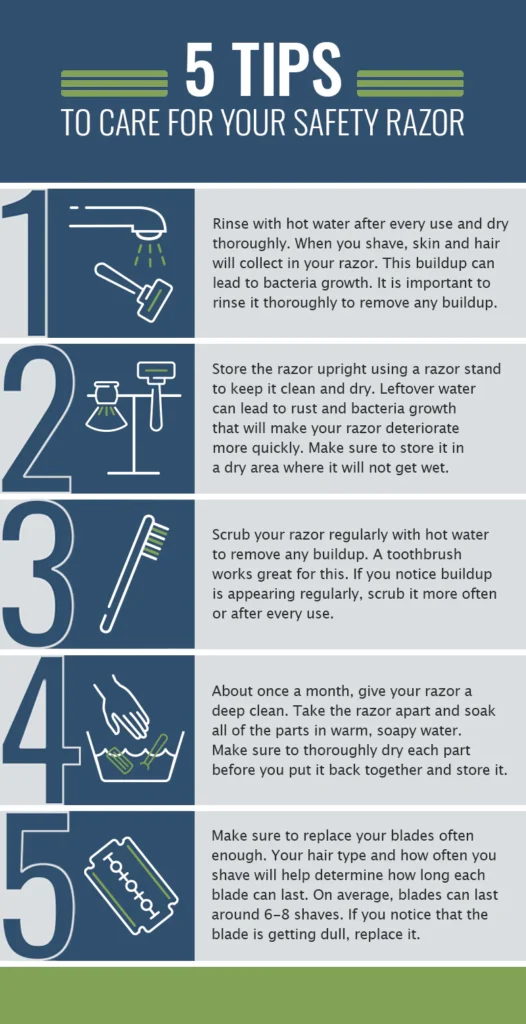
Here are some self-care methods to help alleviate razor bumps:
Apply a warm compress to the affected area several times a day to soften the skin and help trapped hairs surface.
Gently exfoliate the area to aid in releasing trapped hair.
Avoid squeezing or picking at the bumps, as doing so can worsen inflammation and lead to infection or scarring.
Over-the-counter (OTC) treatments can also be effective:
Topical creams containing salicylic acid or glycolic acid for exfoliation and reducing inflammation.
Hydrocortisone cream to ease itching and inflammation.
Benzoyl peroxide creams or washes to reduce inflammation and prevent infection.
Products specifically formulated for razor bumps and ingrown hairs.
Although razor bumps usually fade on their own, these self-care measures and commonly available OTC treatments can help alleviate symptoms and speed healing. Research shows that many people find relief by using warm compresses, gentle exfoliation, and topical treatments like salicylic acid or hydrocortisone cream. It’s important to avoid further irritation by not shaving over the affected areas and resisting the urge to touch the bumps.
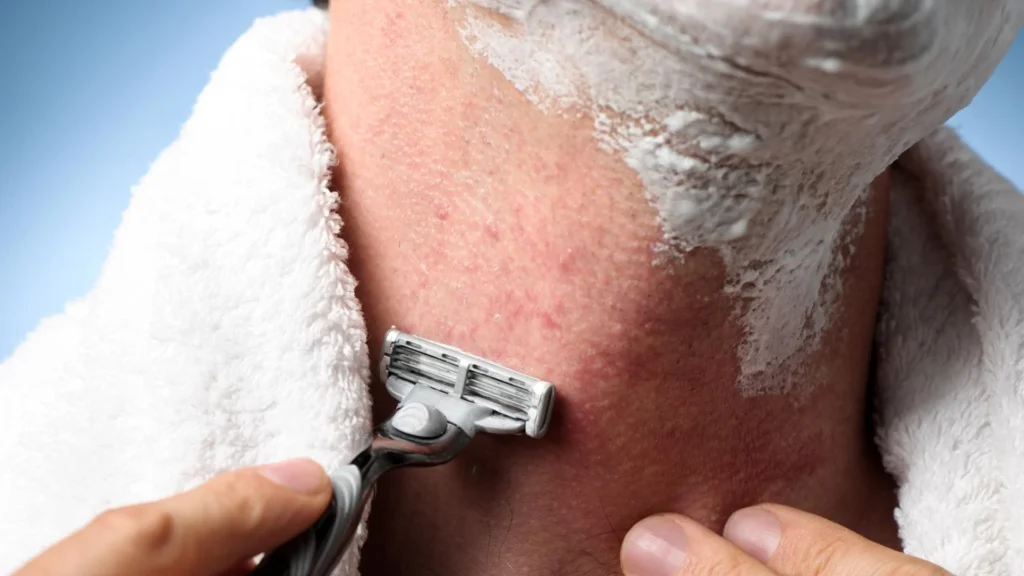
Natural and Home Remedies to Soothe Razor Bumps
Many people find that various natural remedies can help relieve razor bumps:
Aloe Vera Gel: Soothes irritation and reduces inflammation.
Witch Hazel: Acts as a natural astringent and anti-inflammatory.
Tea Tree Oil: Offers antibacterial and anti-inflammatory properties (always dilute with a carrier oil).
Lemon Juice: Can serve as a natural antimicrobial; however, use caution due to its high acidity.
Warm Tea Bag Compress: The tannic acid in tea may help reduce inflammation.
Baking Soda Paste: Made with water, this can help soothe irritation.
Diluted Apple Cider Vinegar: Again, use caution due to its acidity.
Oatmeal: Either as a colloidal oatmeal bath or paste, it has soothing and anti-inflammatory qualities.
It is advisable to perform a patch test before applying any new remedy to a large area of skin. These natural therapies can provide relief during the healing process while you work on preventing razor bumps. Many easily available natural ingredients possess properties that help soothe the inflammation and irritation associated with razor bumps. Research has highlighted various home remedies such as aloe vera, witch hazel, and tea tree oil—each known for their antibacterial, anti-inflammatory, and soothing effects. However, while these remedies may help, their effectiveness can vary from person to person, so they should be used with caution, especially ingredients like lemon juice and apple cider vinegar because of their acidity.
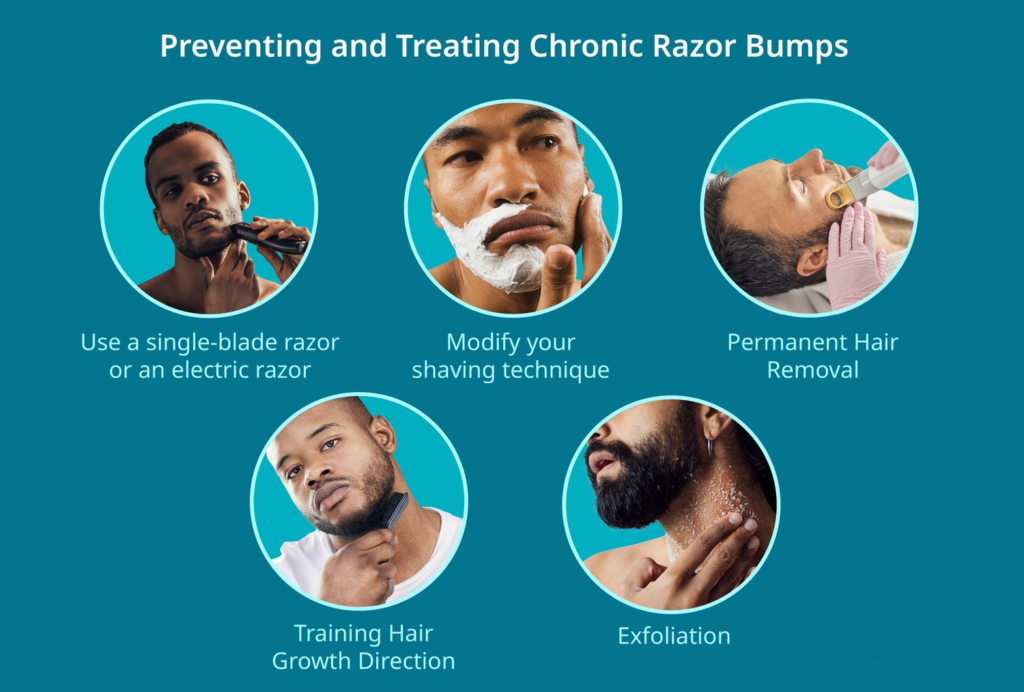
When to Seek a Dermatologist’s Help for Razor Bumps
Seek professional help if:
Razor bumps persist without improvement even after home care.
There are signs of infection (such as pus, increased redness, pain, or swelling).
Razor bumps cause severe discomfort or lead to scarring.
You have tried various methods to get rid of razor bumps without success.
A dermatologist can provide personalized advice, prescribe stronger topical or oral medications (such as antibiotic gels, topical steroids, or retinoids), or recommend alternative treatments for severe or recurring cases—such as laser hair removal or electrolysis. While most cases of razor bumps can be managed at home, it is important to recognize when medical intervention is necessary to prevent complications and effectively resolve persistent issues. Research indicates that if home remedies and preventive measures fail to address razor bumps—or if there are signs of infection—consulting a dermatologist is crucial. Dermatologists possess the expertise to offer treatments beyond over-the-counter options and may also recommend long-term solutions such as laser hair removal.
Conclusion: Smooth Skin Is Within Reach
In summary, the key to getting rid of razor bumps when using disposable razors lies in proper skin preparation, effective shaving techniques, and comprehensive post-shave care. Although disposable razors offer convenience, following the recommendations in this guide can significantly reduce the occurrence of razor bumps. Experiment with different techniques and products to discover what works best for your skin. With patience and persistence, achieving smooth, flawless skin is entirely possible.
By carefully integrating these practices into your routine, you can not only prevent the formation of razor bumps but also treat them effectively when they occur. Additionally, exploring related topics—such as selecting the right skincare products for your specific skin type or understanding the impact of shaving frequency—might further enhance your overall grooming regimen. Enjoy the journey to healthier, smoother skin!

